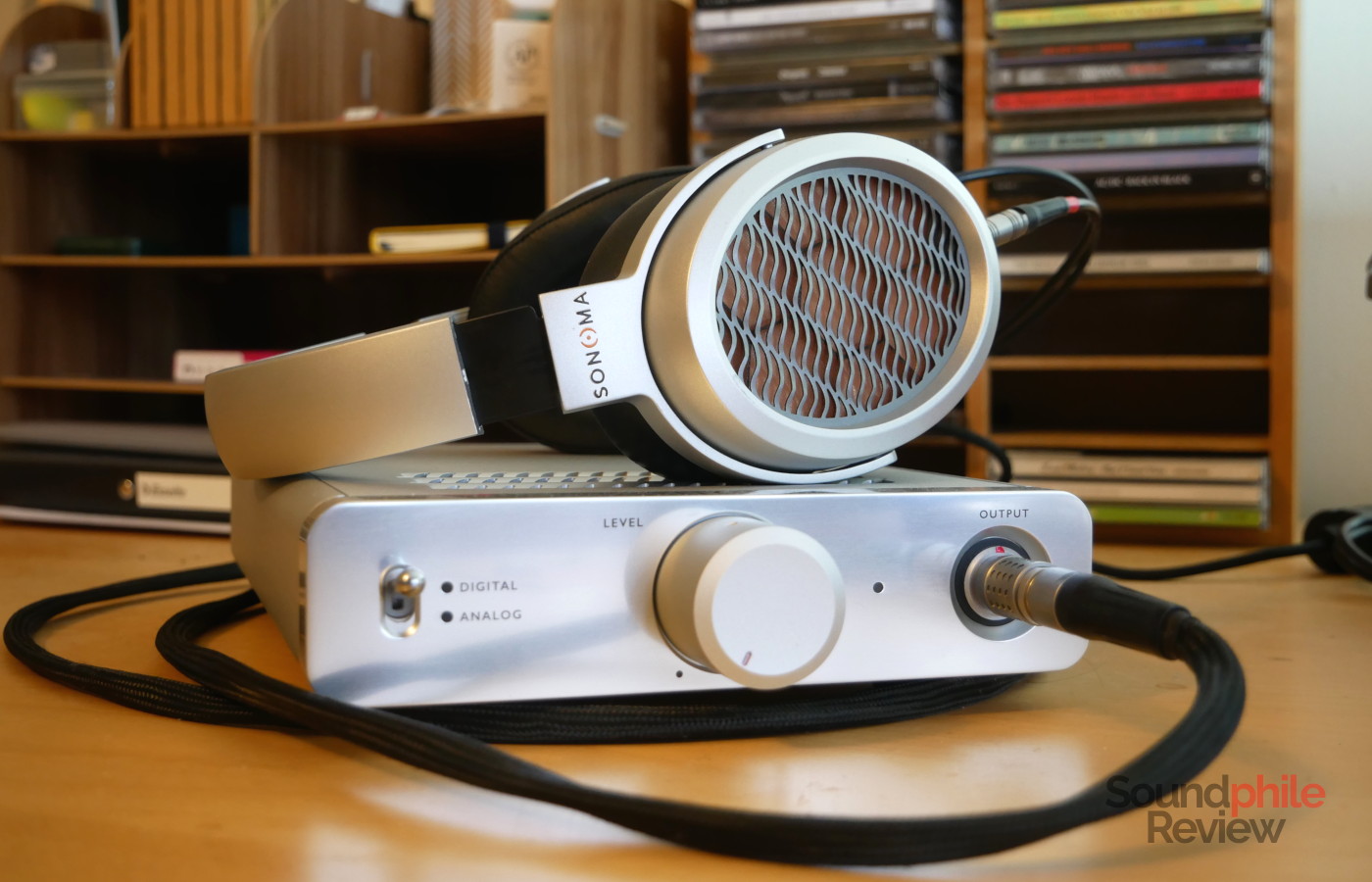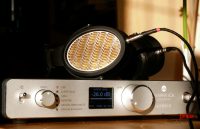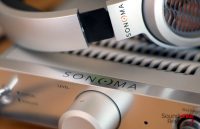Some things are the result of accident, other are the result of purposeful engineering. The Warwick Acoustics Sonoma M1 system (or Sonoma Model One) falls under the latter category. This electrostatic system, made by headphones and a DAC/amp/energiser, comes out of the laboratories of Warwick Acoustics, a UK-based company which devoted its existence to developing electrostatic technology beyond current achievements.
A small note on the sections of this review: I decided to split the physical and technical description of the headphones from those of the DAC/amp/energizer. You can find the former under “Design & Comfort” and the latter under “Energiser Features & Specs”.
Disclaimer: I received a unit on loan directly from Warwick Acoustics (thank you, Martin!). The Sonoma M1 retails for $/£4999. Additional information is available on the official website.
TL;DR: recap
| Pros |
Cons |
| Superbly designed and built
Extremely detailed Relaxing sound signature |
Technical ability is not on par with the rest |
Rating: 9.5/10
Packaging & Accessories
I received the Warwick Acoustics Sonoma M1 in a huge black plastic case with a lot of padding. It contained the headphones, the cable, the DAC/amp/energiser, the power adapter with a power cable and a fancy USB cable. There was also a manual, a CD with Windows drivers and a leaflet explaining the features of the system.
Sonoma M1 Headphones Design & Comfort
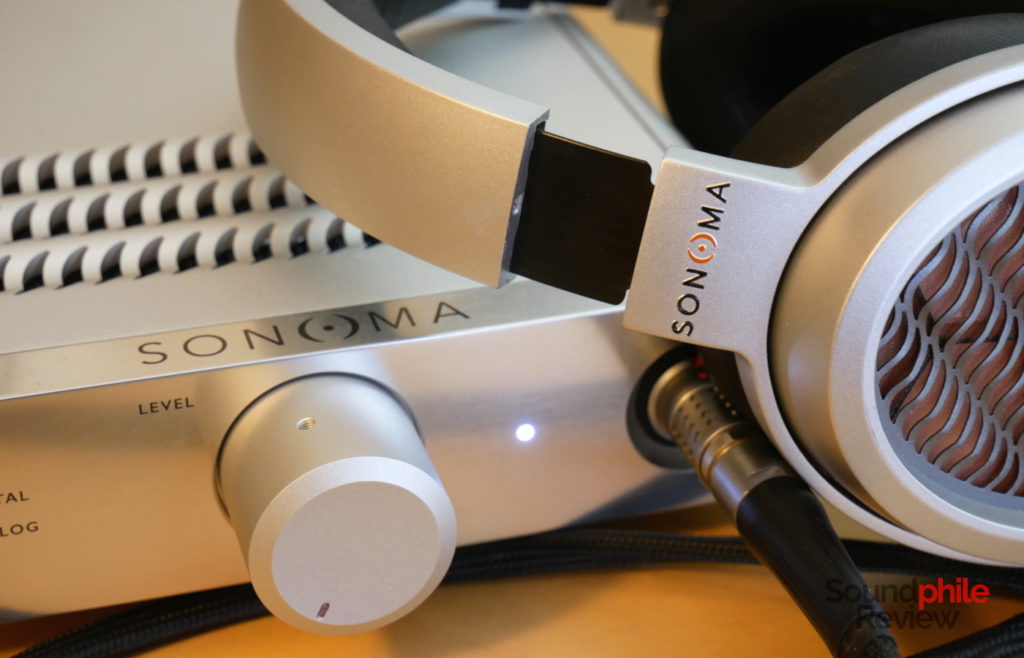
The Sonoma M1 headphones are imposing: they’re large and built to impress. They certainly don’t go unnoticed, thanks to both their size and their design. They are mostly built using an injection-moulded magnesium alloy, with just the top of the headband being plastic (Nylon 12 plastic actually, of the same silver colour as the rest). Their chassis is thick and appears to be robust; in fact they appear much heavier than they really are. They are open-back headphones and the grille is a work of art in its own right, as it is shaped in waves and with a wave pattern repeated on it – this combination creates a sensation of lightness that counters the thickness of the chassis.
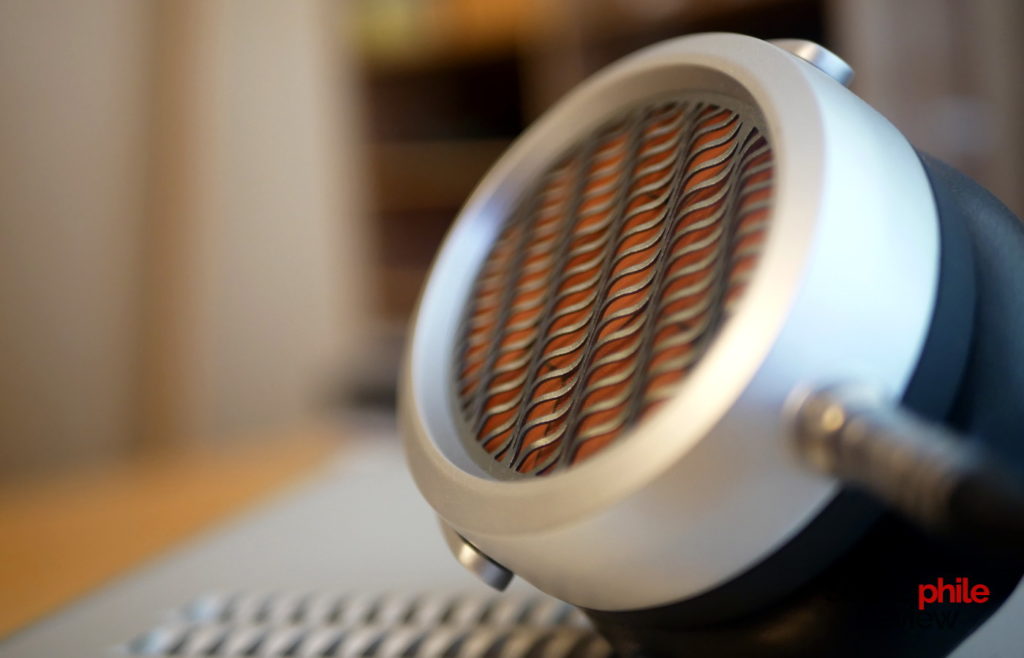
The grille covers the diaphragm and prevents any harm. Conventional design of electrostatic headphones use two electrically charged grid, one per side of the diaphragm. Warwick Acoustics went with a different route and used just one. The advantage of such a design is weight, which is more limited compared to conventional design. The headphones themselves (without the cable) are 303 g, which is fairly light and remarkable given the almost exclusive use of metal in the build. But that’s not the only advantage. In fact there are acoustic advantages, too, as the presence of a single-sided transducer eliminated the need for bulkier structures and therefore keeps reflections and diffractions in check. It should also improve reliability in the long term (the “less components are more reliable” is an old adagio I also found to be true in IT…).
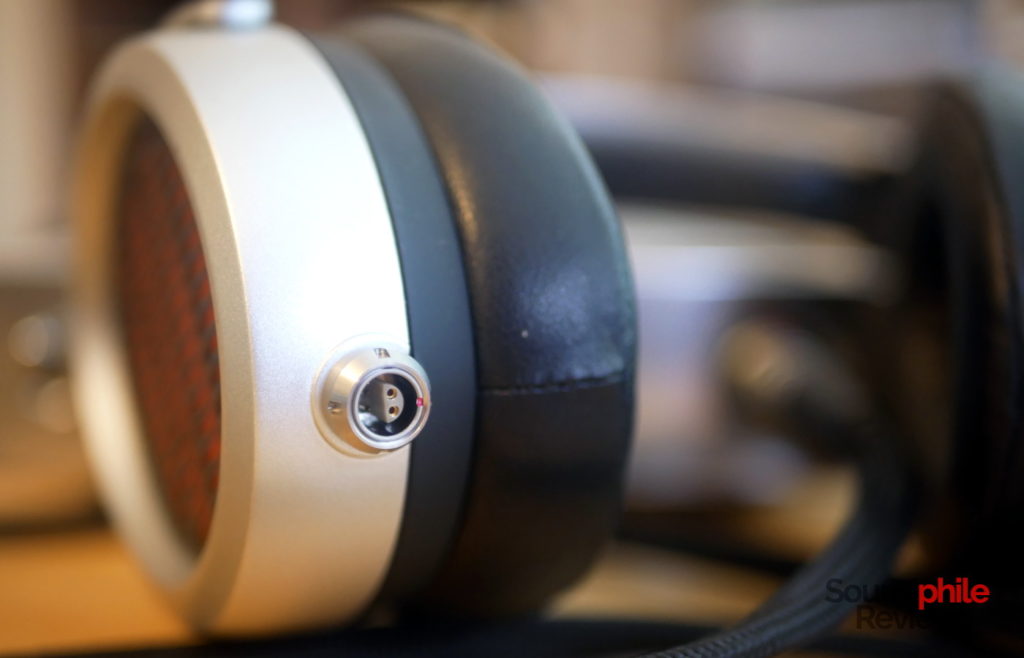
Build quality is superb. Warwick Acoustics paid attention to the smallest details and the result is an almost flawless build. The Sonoma M1 look and feel like premium headphones through and through. There’s never creaking, wobbling, doubts on how the headphones are built.
The earcups and the headband are covered with sheepskin leather, which appears to have a great finish. It’s soft and it doesn’t appear to be too hot, as far as I have been able to assess. My very sensitive scalp would have loved for the headband to be a bit more padded, but “normal” people should be totally okay with it. As a vegetarian I would also have loved to see a protein leather option, which is something Warwick Acoustics may consider for the future.
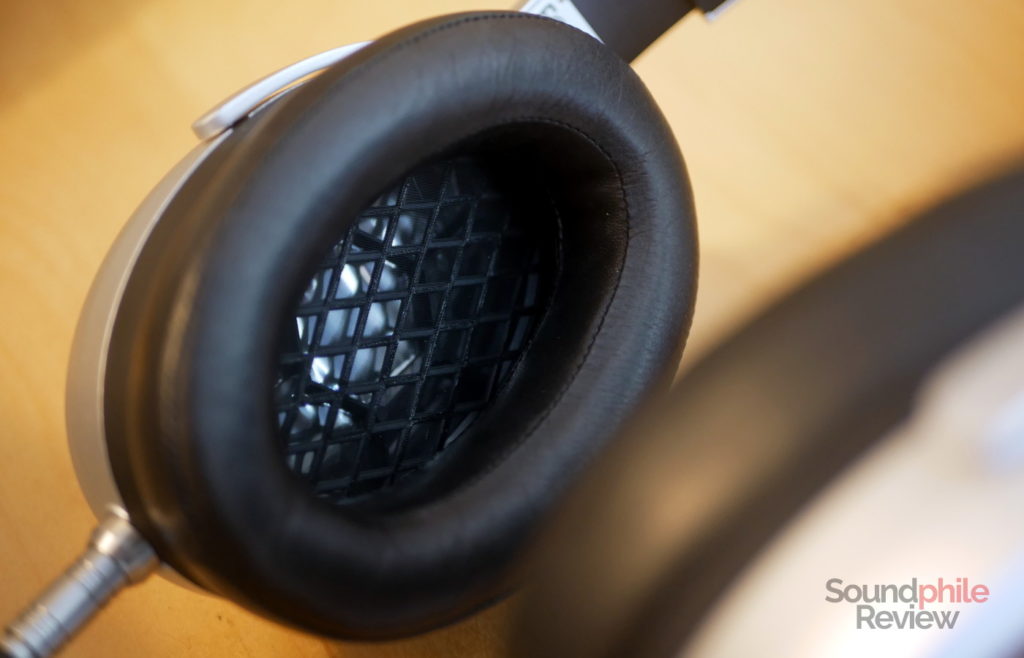
Speaking of comfort, I found them to be quite good despite my scalp trying to object to my use of full-size headphones. In fact I was able to use the Sonoma M1 for a couple of hours before feeling a large discomfort, which is quite exceptional in my personal experience. It should mean that anyone with less rebellious (and traitorous) scalp would find them to be just fine.
I expected isolation to be completely absent, but that’s not entirely the case. While the open-back nature of the Sonoma M1 makes sound leak in a spectacular way (even at low volumes there’s a lot of sound coming out of the headphones), it bizarrely also affords a bit of isolation. There is a clear difference in the perception of sound when wearing the headphones versus when not wearing them, which I attribute to the higher frequencies being reduced. You will still hear most sounds coming from outside, but there will be a slight reduction in volume.
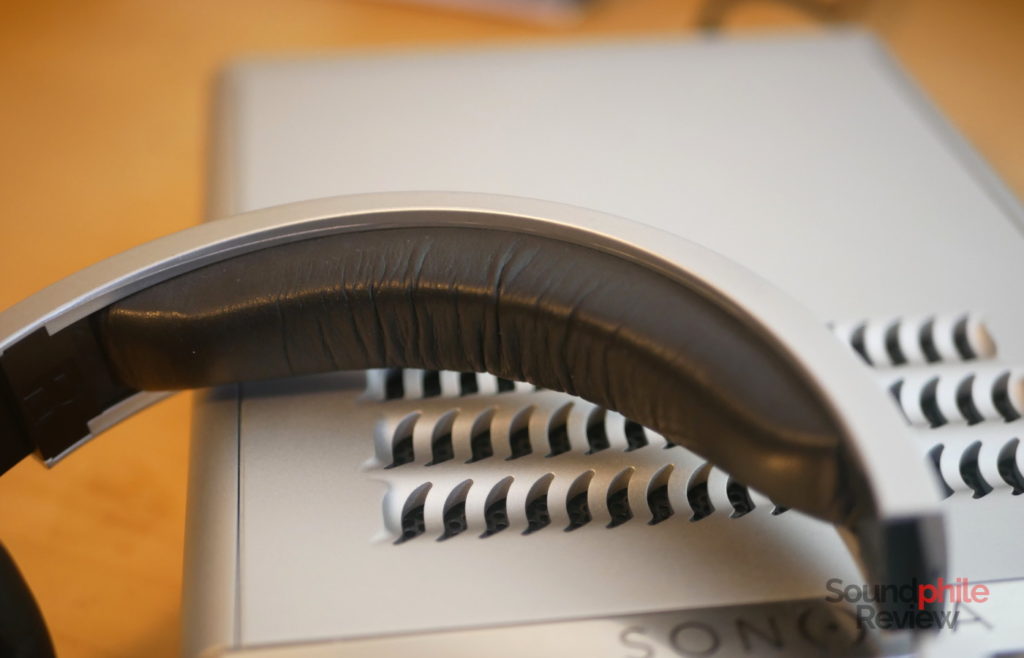
The cable has a proprietary termination on the energiser side: Warwick Acoustics specifically adopted a proprietary part so that no other headphones could be used with the energiser, as it uses a voltage of 1350 V which is not compatible with headphones from other manufacturers. The connector has a locking mechanism so that it can’t be inadvertently taken out of the socket when the headphones are being used. A similar locking mechanism is used on the connectors on the cups. They have four pins, with two on the cups and two on the cable so that the polarity is preserved correctly.
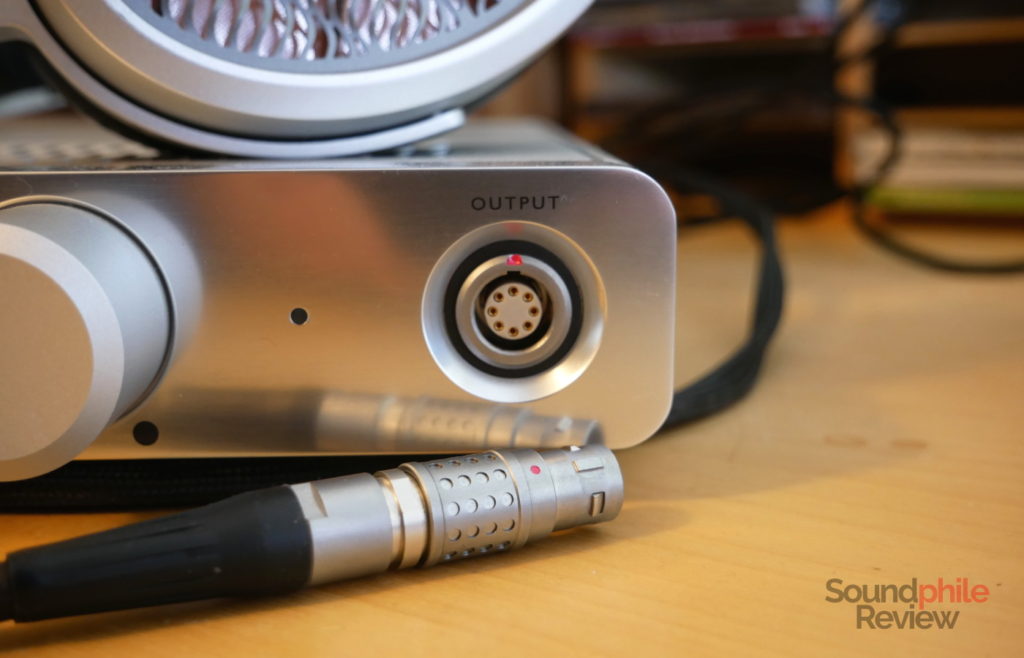
The cable itself is rather large and hefty: it is made of silver-plated OFHC copper, which stands for “oxygen-free high thermal conductivity copper”. It is in fact a twin cable, as there are two cables inside the same Kevlar sleeve up to the Y-split. Each cable is individually coated with plastic (PE). There are 2 metres of cable available, so the Sonoma M1 can be reasonably enjoyed even from a sofa or in settings other than a desk.
Sonoma M1 Energiser Features & Specs
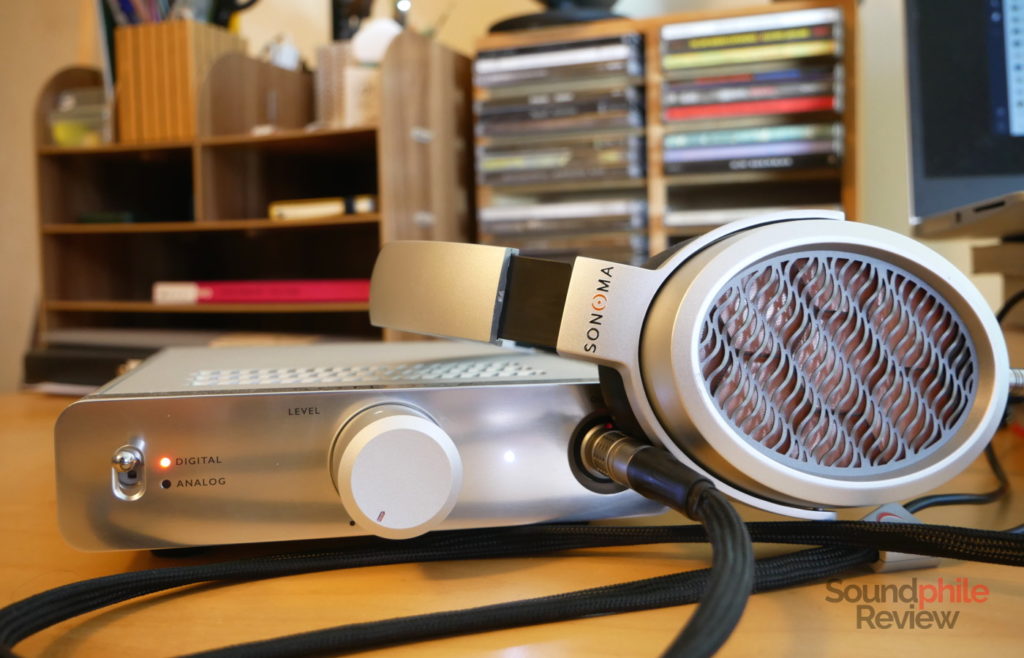
The energiser unit that is part of the Sonoma M1 system also acts as a DAC and amplifier unit. The Sonoma M1 is in fact a whole system that does not strictly require anything other than a source – be it a computer or a player of some kind. It supports a variety of connections that make it extremely flexible and versatile. It does not support fancier things such as Bluetooth, but I honestly would not want to spend 5,000 quid to listen to stuff over Bluetooth.
The energiser is large and chunky: it is 190 x 290 x 57 mm and it weighs 2.45 kg. It is massive by any standards! The chassis is made of machined aluminium in four pieces: front, back and two halves for the middle. The latter has a set of holes on top that is identical in style to the grille on the headphones – a very nice design touch.
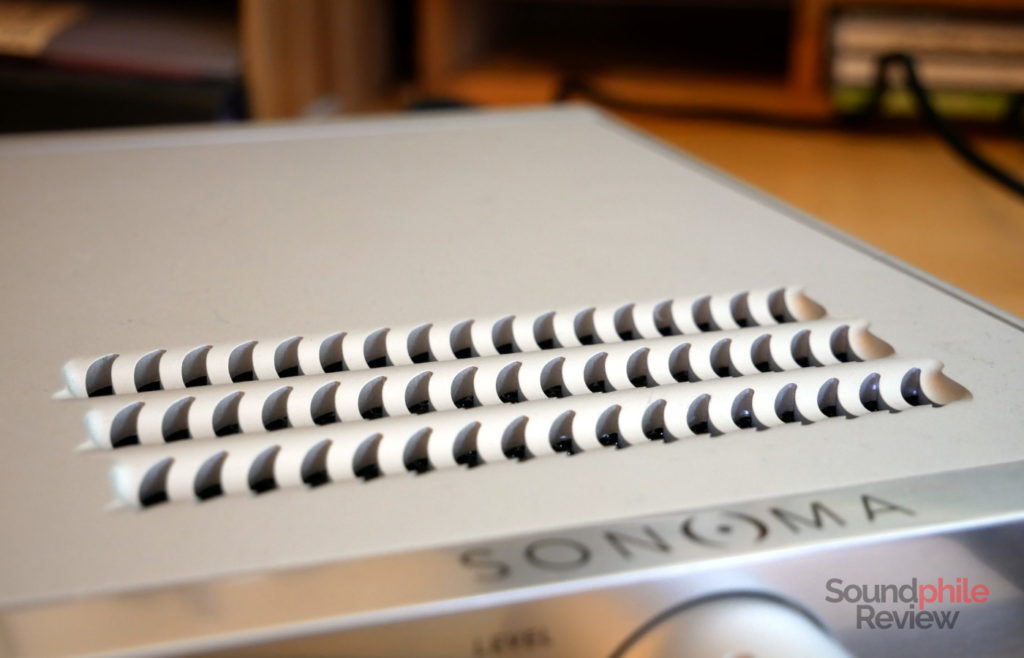
The front hosts the input selector (digital or analogue), the volume knob and the output connector. The back, on the other hand, is home to the power switch, the power connector (which has to be screwed on to prevent accidental disconnection), USB-B, coaxial, a pair of RCA connectors, a female 3.5 mm jack and a switch to select between the latter two connectors. Again, it’s a rather complete package. The only thing that’s missing is optical, but it should be possible to convert it to coaxial (e.g. using the iFi SPDIF iPurifier).
The knob does not offer continuous volume adjustment, instead offering a set of discrete volume levels. This makes fine adjustments impossible, as each step has its own pre-set volume level, but I never found it to be too much of an issue.
Despite being Class A, the amplifier gets barely warm to the touch – it doesn’t exceed 40 °C as far as I can tell even after a few hours of operation. I would deem it safe even for pets or children as far as temperature is involved, though I would personally not let any of them come close to something that has open holes on top…
The Sonoma M1 works with Linux in a plug-and-play fashion (I used an Ubuntu-derived KDE neon install with Linux 5.3 kernel). It works with Windows, using the provided drivers, and macOS too.
Warwick Acoustics Sonoma M1 DAC & Amp |
| Input | USB (up to 32 bit / 384 kHz PCM) Coaxial RCA 3.5 mm |
| Suitable headphones impedance | N/A |
| Output impedance | N/A |
| Maximum output power | N/A |
| Frequency response | N/A |
| THD+N (@1 kHz) | < 0.05% |
| SNR | 129 |
| Crosstalk | N/A |
There’s little technical information available on the energiser. A significant information is that it outputs 1,350 V, which means that Warwick Acoustics had to significantly raise the voltage to compensate for the loss of an electrically charged side to the diaphragm. This sets the energiser apart from other electrostatic systems on the market and it means one can’t use it with other headphones (and vice-versa), making the system a “definitive choice” that does not allow changes, unless Warwick Acoustics releases new headphones and/or energisers in the future using the same system.
One thing we know about the energiser is that the DAC section uses two ESS Sabre DAC chips in balanced configuration which allow, in the words of Warwick Acoustics, “a measured 129 dB SNR”. The analogue signals are also converted to digital using two AKM ADC chips, so that the signal can be treated using a DSP. This conversion is, again, by all means and purposes noise-free as the SNR is 120 dB.
Sound & Headphone Specs
The Warwick Acoustics Sonoma M1 is a complete system: this means it has its own DAC and amp – which, as this is an electrostatic system, is also an energizer.
Warwick Acoustics Sonoma M1 |
| Frequency response | 10 – 60,000 Hz |
| Impedance | N/A |
| Sensitivity | N/A |
The representation of soundstage provided by the Sonoma M1 is odd. Soundstage appears to be flat, with instruments appearing near the listener and often inside their own head, but the space they are in appears to be large. The result is that it seems as if one was in a large room with the instruments surrounding them. Imaging is also odd, as this quirk of the soundstage leaves little room for instrument placement: it’s as if the instruments were all pressed together and so they could not be placed in places distant from each other – there no individual spots. While this doesn’t sound bad per se, it surely is odd and may not be to everyone’s liking. I tried to angle the earcups more, so that they would be more forward-facing (which usually helps with soundstage and imaging), but the differences were minor. Layering is very good, but it doesn’t have almost any spatial connotation to it. What I especially like about the Warwick Acoustics Sonoma M1 is that you can pick an instrument and listen to it as if it was playing on its own. Instrument separation is so good that even in very complicated tracks you can still tell every instrument apart.
As it often happens, the frequency response changes somewhat with volume. On the Sonoma M1 this is especially noticeable when we look at bass, which becomes audibly less present at the two lowest volume presets. General volume considerations aside, the Warwick Acoustics Sonoma M1 hits the right spot with bass, as it offers a generous (but not excessive) amount of bass that goes to good depths. I would say that the Sonoma M1 offer more bass than in an ideal neutral setup, but this bump is limited and does not take away from the overall balance: bass is well controlled and never invasive or excessive, just a bit more present. Bass is not really dry, as it has a moderately long decay, but this does not deter it from offering a lot of details. A practical example is Air’s Sexy Boy, where bass offers a whole lot of detail and appears rich and vibrant (literally!). It also has limited physical presence, despite the large diaphragm surface. The good thing about it is that it’s clean and clear, bursting with details and micro-details – think of the leather of drums bouncing or of the strings of a bass guitar vibrating – that make it especially enjoyable as they really pop out.
I’ve read and heard many people saying that electrostatics are not good at bass. We’ve already dug into that and I can confidently say that’s not the case for the Sonoma M1. What appears to be the case here is not that the headphones are not good at bass, but that their upper midrange and treble is especially forward in the overall presentation. This makes them a bit bright and puts high-pitched instruments at the forefront: as a practical example, Shantalla’s The Woods of Old Limerick / McGreavy’s / Meghan’s Reel / The Piper on Horseback has violins, accordion and hornpipe especially audible in the mix. I rarely found this emphasis to be detrimental to the music as a whole though, as it is gentle enough not to make the overall tuning excessively bright. Male voices appear correctly portrayed as there is enough presence in the lower midrange area. Female voices are more than fine, too. There’s a lot of details and micro-details: in Fleetwood Mac’s The Chain one can hear the pick hitting on the strings of the guitar, while in Snarky Puppy’s Xavi one can hear the breath running through wind instruments.
Treble is probably the area where the Sonoma M1 excel. If detail was really good in bass and midrange, it’s treble that makes all the ability of the Sonoma M1 to convey detail come out. The level of micro-detail is such that even I, not being a drummer, can clearly understand which stick is being used to hit the cymbals and hi-hats and how the drummer is hitting them. Although that might sound hyperbolic, it’s not: the Sonoma M1 really do a superb job in delivering an extreme amount of detail. It all blends in well with the rest, though, so treble doesn’t steal the focus from the rest. It has to be said, though, that treble is a bit emphasised and lends a brighter overall tuning to the sound. It’s never fatiguing and sibilance is kept in check, so the overall result is just enjoyable. Extension is really good and that lends the sound a great sensation of air and sparkliness.
Whether you want to listen to the jazz of Miles Davis or to the extremely intricate black metal of Emperor, the Sonoma M1 are going to serve you well.
Final Thoughts
The Warwick Acoustics Sonoma M1 offers a rather rewarding listening experience. It seems like the designers targeted tuning more than pure technical ability, the latter of which is very good but not on par with what I would expect out of a £5,000 system. Still, listening to the Sonoma M1 is an experience in and of itself. They are extremely enjoyable and the level of detail they achieve is downright incredible. Considering they use a new take on an old technology, this is even more impressive. More often than not, the headphones appear as just an instrument playing the music; they’re not the focus: music is. It’s a rare achievement, but when wearing the Sonoma M1 I can just let go of everything else and enjoy what I am listening to. It’s beautiful there.

